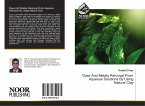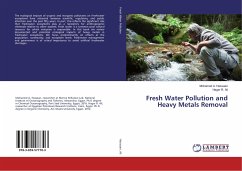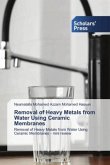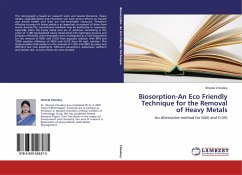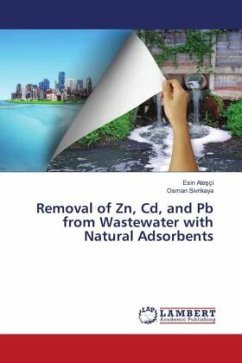Heavy metal remediation involves the removal or neutralization of heavy metals from polluted environments such as soil, water, or sediments. These pollutants can present considerable dangers to both human health and the ecosystem. A range of methods, including physical, chemical, and biological approaches, are utilized for remediation purposes.Eliminating heavy metals from wastewater is essential because of their harmful effects and long-lasting presence in the environment. A range of methods are used, such as chemical precipitation, adsorption, ion exchange, and membrane filtration, with each method having its own set of benefits and drawbacks. The adsorption technique, particularly using materials like activated carbon or bio sorbents, is favoured for its effectiveness and versatility.Adsorption process mainly uses porous materials (adsorbents) to bind heavy metal ions to their surface. Activated carbon is a common adsorbent, but other materials like zeolites and biosorbents (e.g., chitosan) are also used. Flexibility in design and high-quality treated effluent are advantages. Adsorbents can be regenerated and reused, making it a potentially cost-effective method.
Bitte wählen Sie Ihr Anliegen aus.
Rechnungen
Retourenschein anfordern
Bestellstatus
Storno



